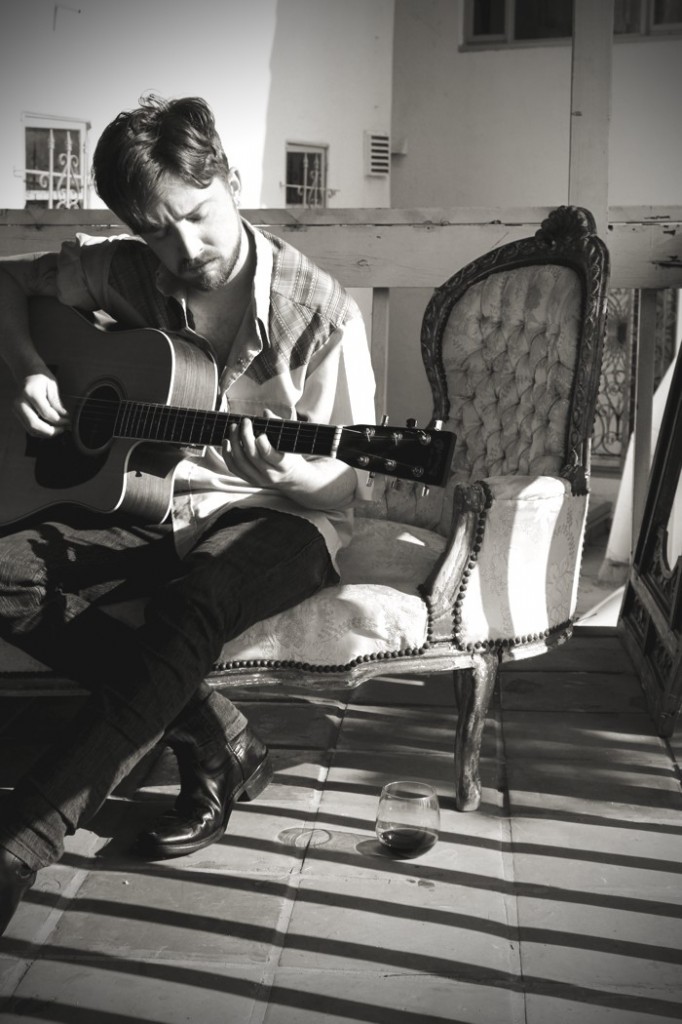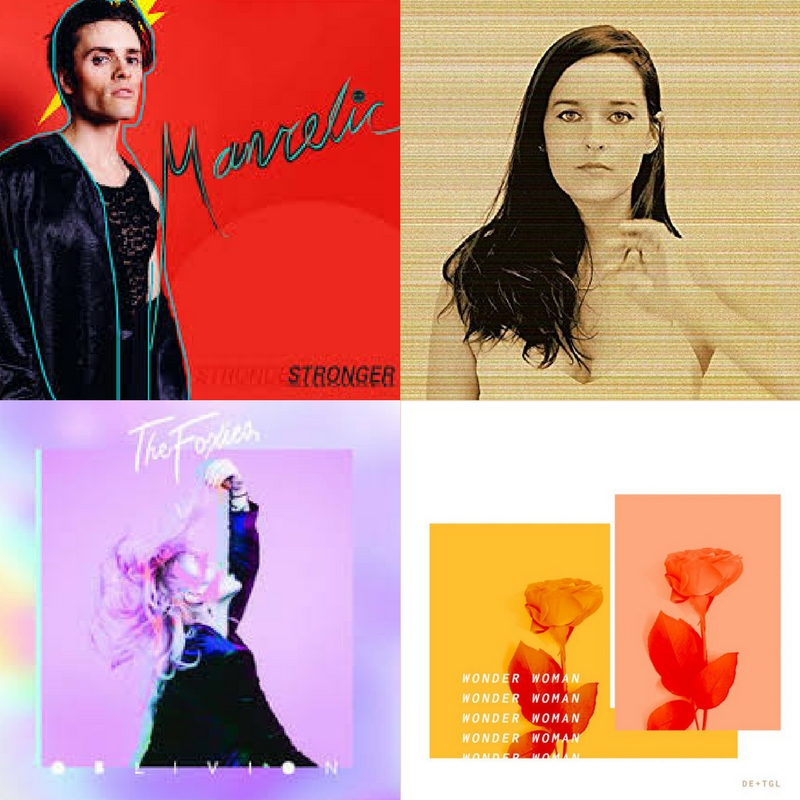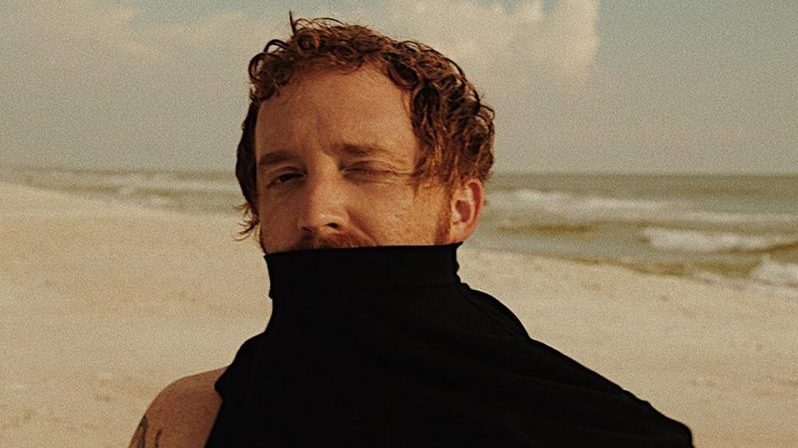

Diamond started and played in several local bands throughout high school, all inspired by the sound of the 60s. Mod, Mo-town, and surf rock became his primary musical focus. After scraping by the last year of high school, Diamond and a couple close friends bought an old van from a “dead head”, who, once learning of the boys intentions, drastically lowered the price and offered to continue paying for the satellite radio as long as the boys promised they’d only keep it on the Grateful Dead station. They kept this promise, as they drove through the states playing several house parties, and dive bars getting paid in food, liquor, and the occasional bag of mushrooms and a place to stay. They’d perform on the street by day to get gas money to get to the next town, and leave immediately after each gig because they had no place to spend the night. During these drives, Diamond became fascinated with the Dead’s approach on folk and country music and began to start writing a catalogue of acoustic songs. One of the boys got arrested, and Diamond and the remaining member temporarily planted themselves in Santa Cruz,where they lived in a 100 square foot lockout space in an old warehouse by the train tracks. During this time, Diamond developed a deep love for Santa Cruz, and it’s weirdness. He spent his nights indulging with the crusties and singing the blues with the old timers on the avenue. The good times slowed down as his new friends began getting picked up by the cops, or moving on to a new town.
He decided to change his scene once again, and moved to Los Angeles where he played solo at house parties and lounges until he captured the eye of a music manager, who decided to represent the project. This gave birth to the identity of Diamond Carter. The origin of the name can be found in the lyric of Mark Levine’s 1968 album ‘Pilgrim’s Progress’. The name was taken from the lyric “Diamond Carter was a writer, and a singer too. A far-out author of some far-out tunes.” Mr. Carter felt this line spoke of the new identity he was to assume as a writer and performer. Diamond put together a band and began playing through Los Angeles, most notably at the silver lake speak easy “The Overpass.” The debauchery that ensued at these shows, complimented by the band’s groove, gained them a bit of buzz in the local scene, before re-locating as a collective to Nashville.
Diamond Carter’s music spans from the acoustic singer songwriter vibe of songs like “Clarksdale”, a tale of the devil, to the more indie pop sound of songs like “Beg” or “Let Yourself be loved”. He attributes his major musical influences to artists like Sam Cooke, the Louvin Brothers, Conor Oberst, and Lou Reed. In the spirit of these inspirational artists, Mr. Carter writes about things that he knows, mainly booze, mind-altering substances, and torturous women. Diamond Carter includes Drummer Trevor Hunnicut, Michael Gigante as Producer/Keys, Tenor Saxophonist Cameron Black, and background vocalists Jordan Rogers, Janay Byrd, and Jennifer Roberts . Diamond also enlists help from several other instrumentalists when the song calls for it. The band will continue to be rooted in its classic foundations while constantly pushing forward and absorbing the strange world that surrounds.






